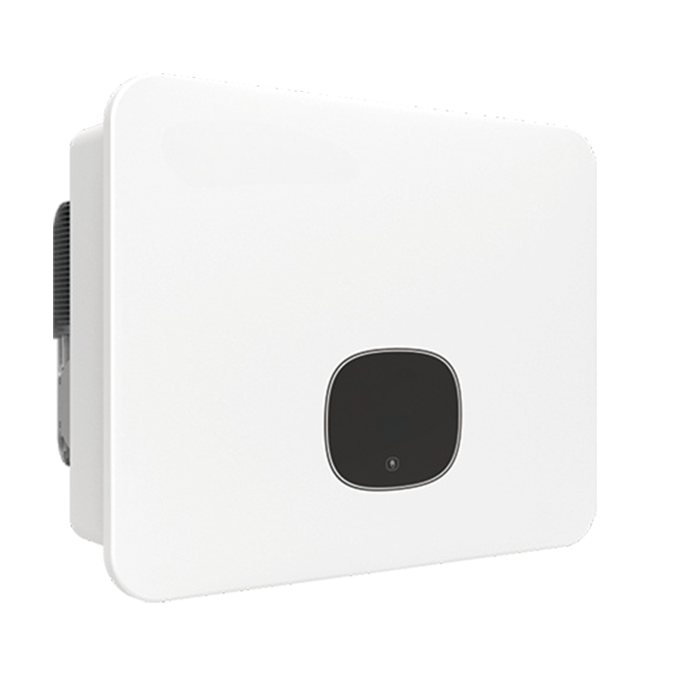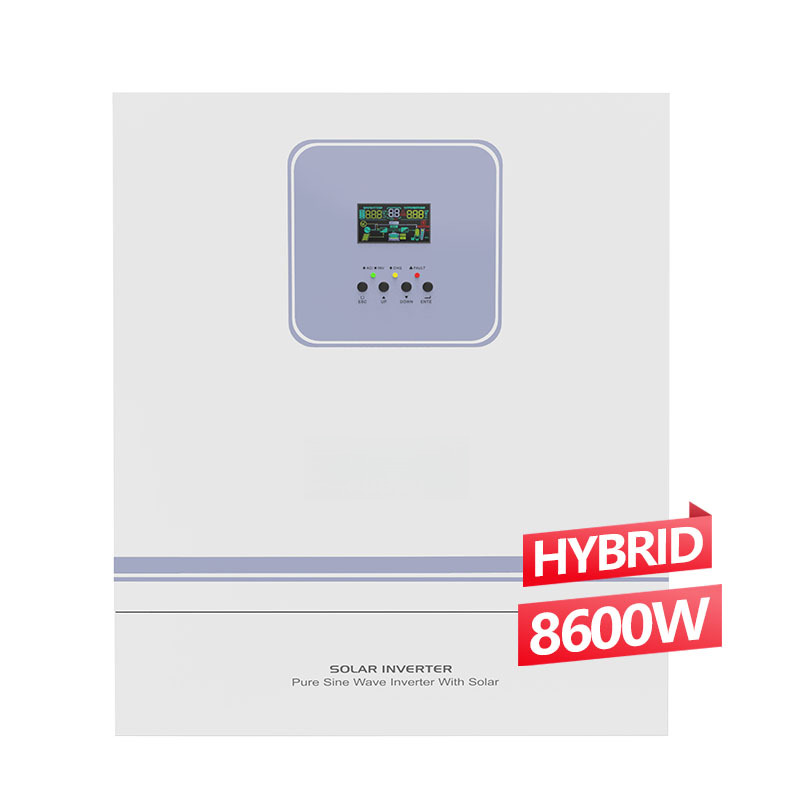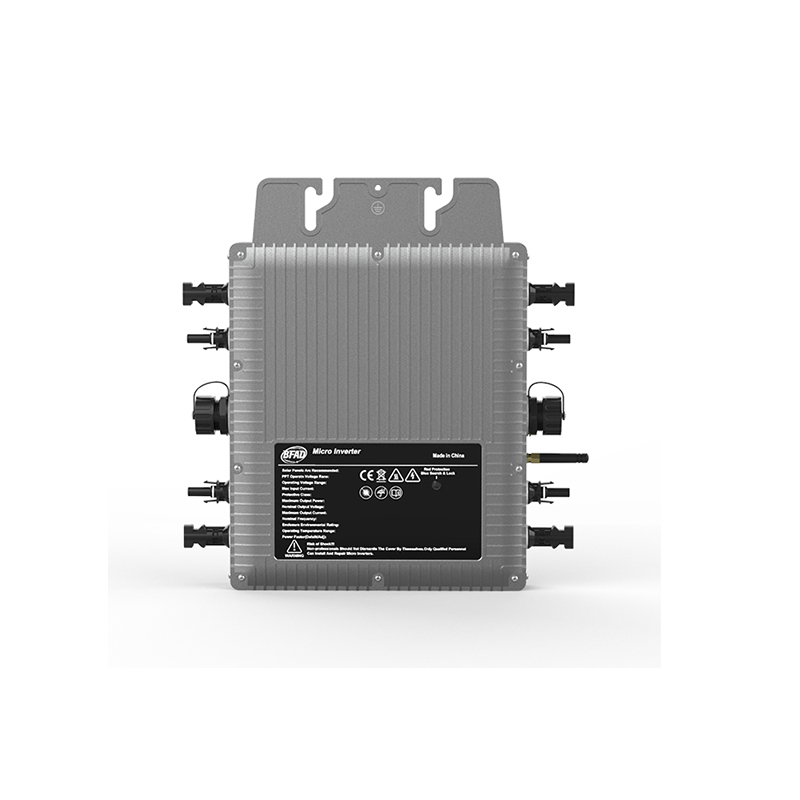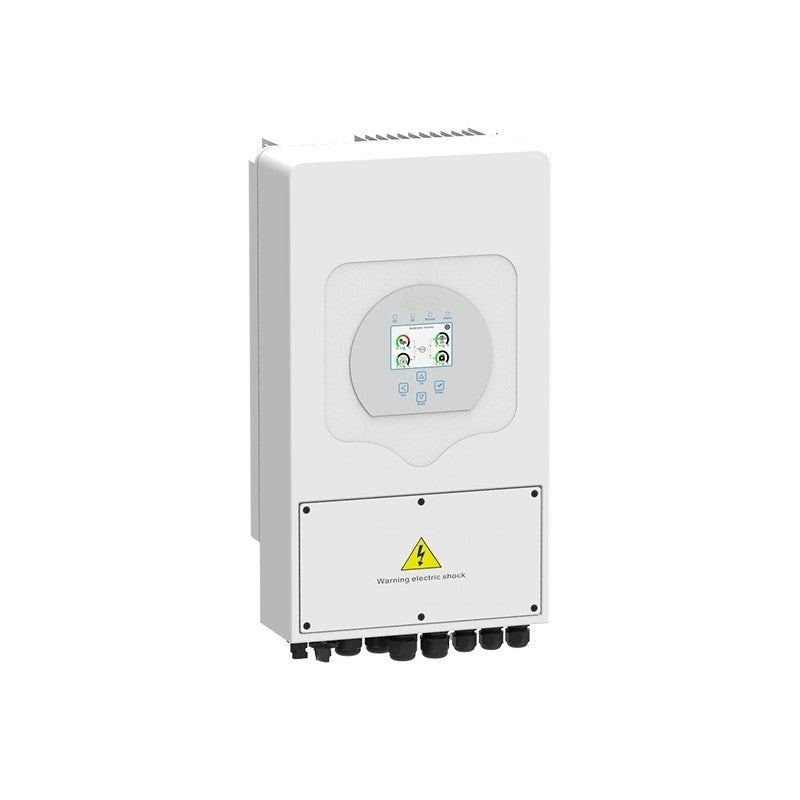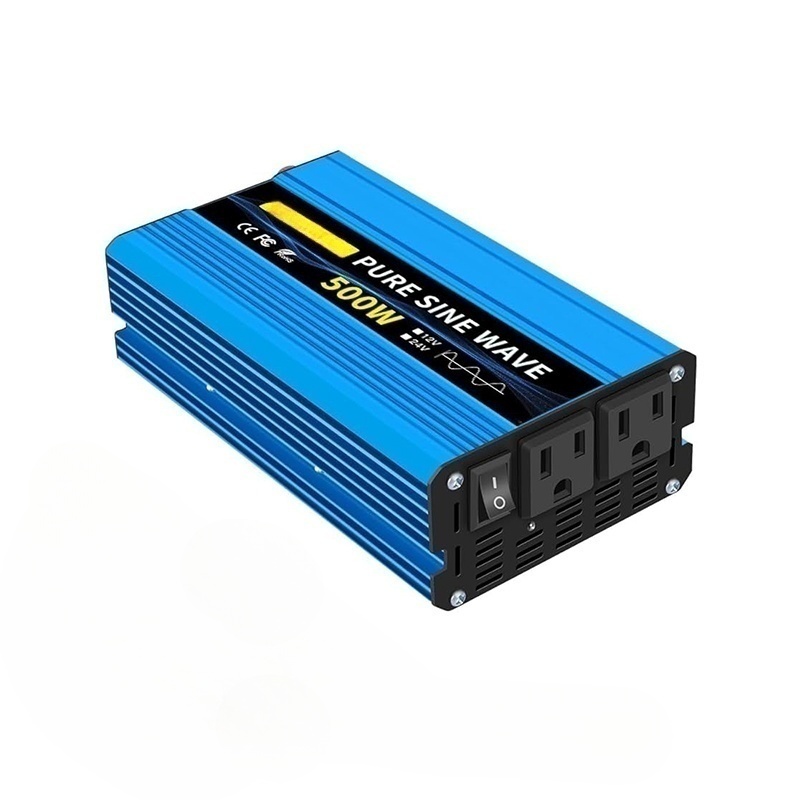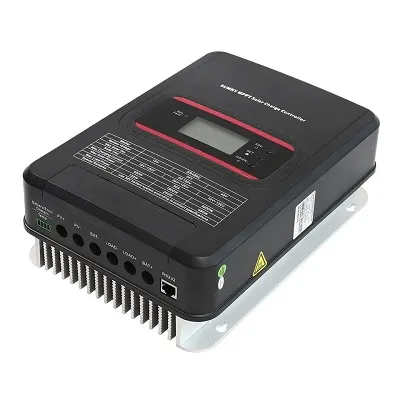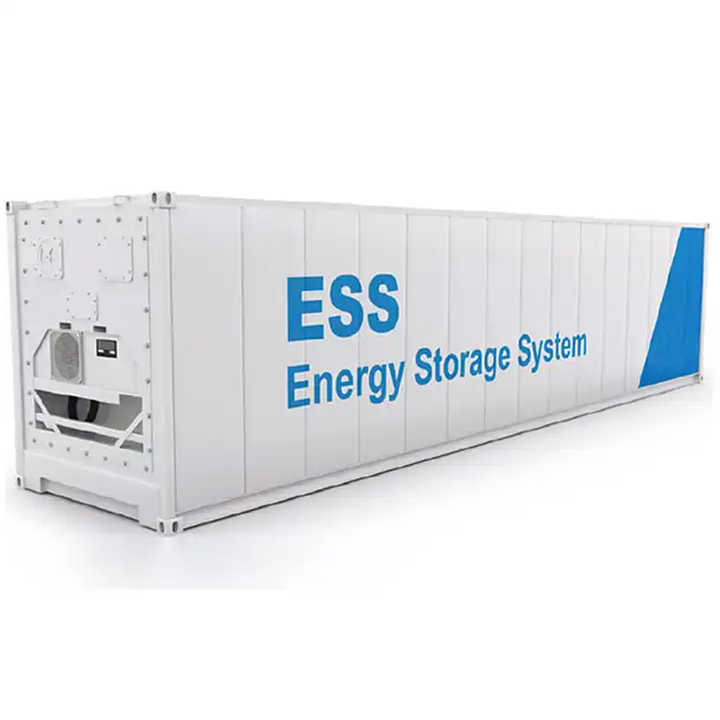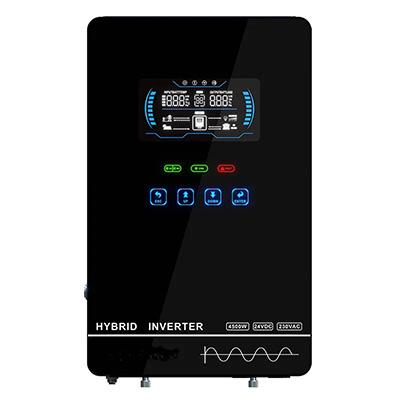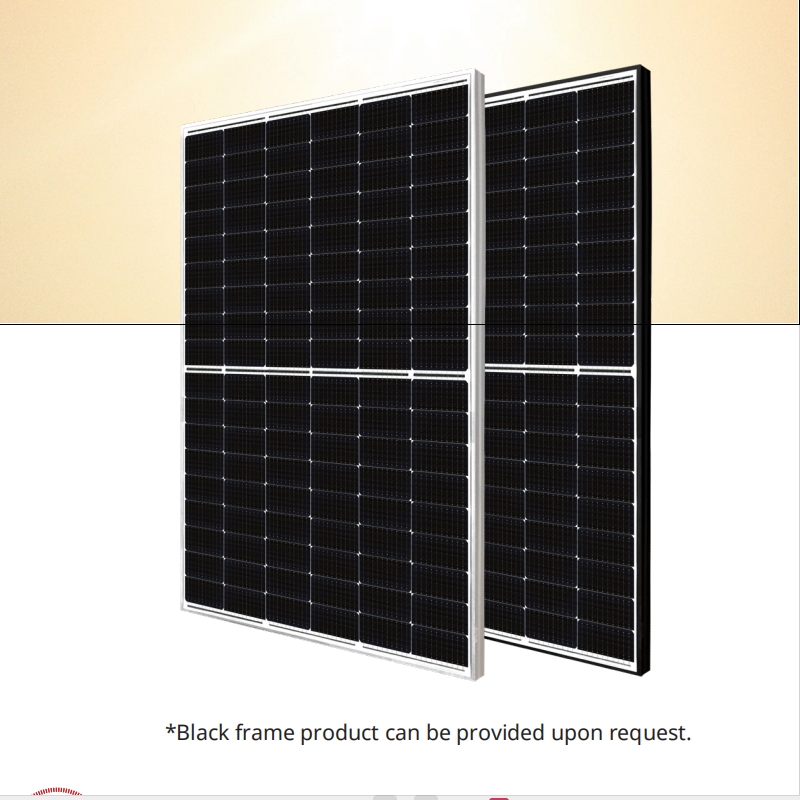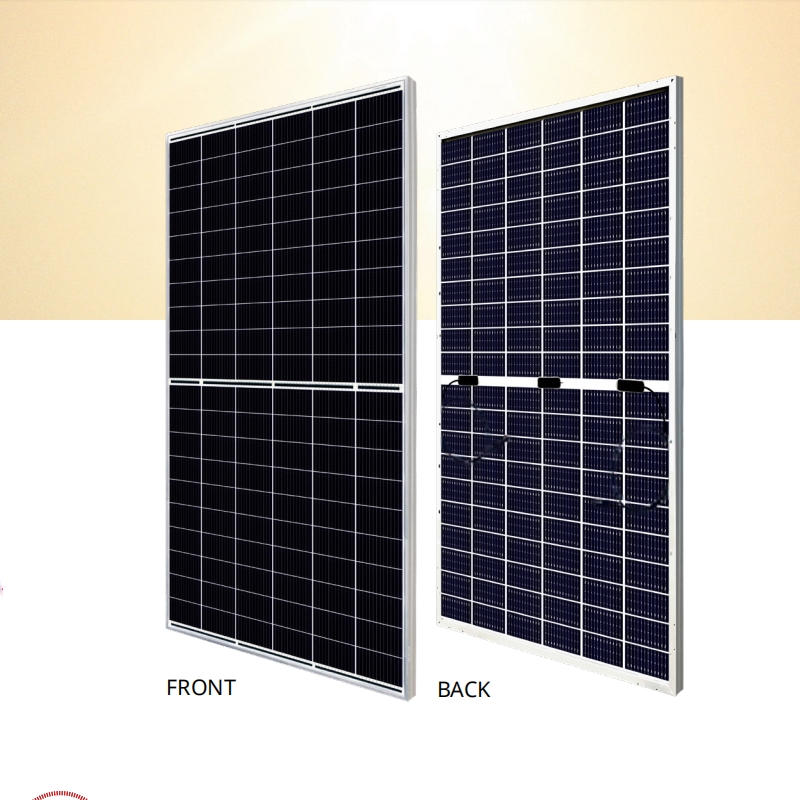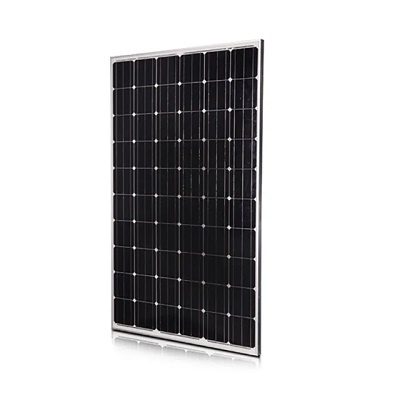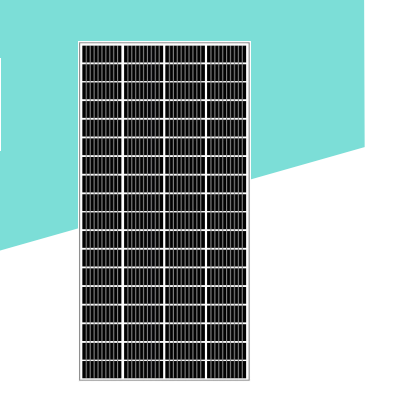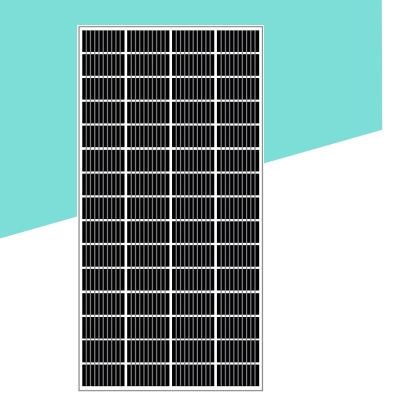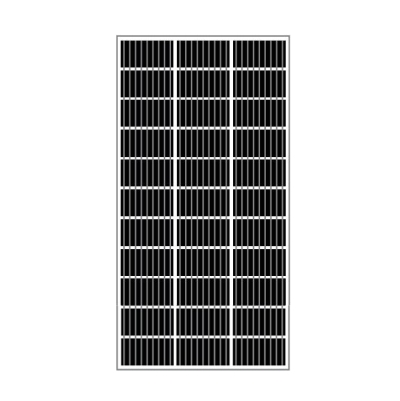Understanding Off-Grid Solar Inverters: A Beginner’s Guide
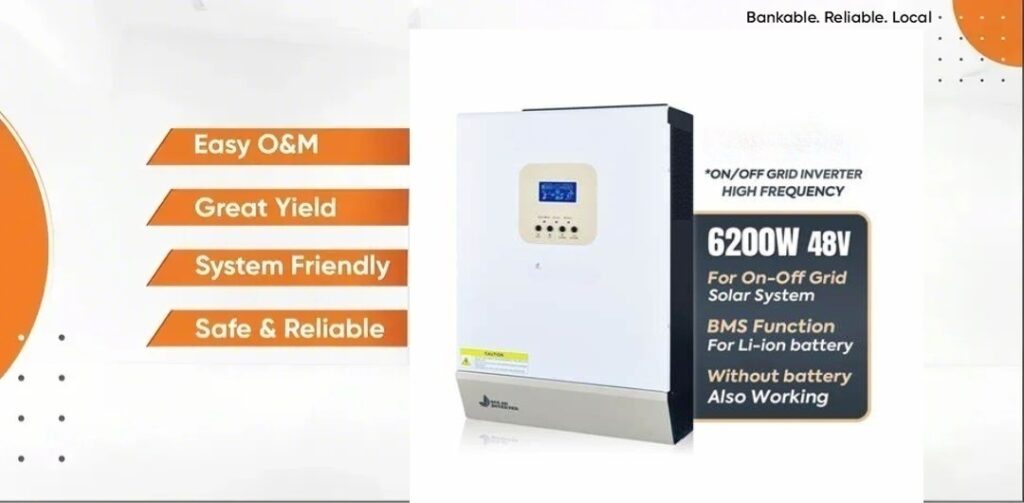
Imagine living in a cozy cabin nestled deep in the woods, far from the hustle and bustle of city life. The sun is your only source of power, and you’re completely self-sufficient. Sounds dreamy, right? Well, making this dream a reality starts with understanding one crucial piece of technology: the off-grid solar inverter. If you’re new to the world of solar energy, don’t worry—this guide is here to walk you through everything you need to know about off-grid solar inverters in a way that’s easy to grasp, engaging, and, most importantly, helpful. By the end, you’ll feel confident about choosing the right inverter for your off-grid adventure. Let’s dive in!
Part 1. Iwis Solar Manufacturers in China
Custom Solar Products For Your Industries
Part 2.What Is an Off-Grid Solar Inverter?
Let’s start with the basics. An off-grid solar inverter is a device that takes the direct current (DC) electricity generated by your solar panels and converts it into alternating current (AC) electricity. Why does this matter to you? Because most of the appliances you use every day—like your fridge, lights, and laptop—run on AC power. Without an inverter, that solar energy would be useless for powering your home.
But here’s the kicker: unlike grid-tied inverters that lean on the utility grid for support, off-grid inverters are built to stand alone. They’re the backbone of your independent solar power system, ensuring you’ve got electricity even when you’re miles from the nearest power line. Whether you’re dreaming of a remote cabin, an RV lifestyle, or just want to cut ties with the grid, an off-grid solar inverter is your key to making it work.
Part 3. Why Do You Need an Off-Grid Solar Inverter?
ou might be thinking, “Can’t I just hook my solar panels straight to my appliances?” Not quite. Solar panels churn out DC electricity, but your home runs on AC. Think of the inverter as your personal translator—it takes the “language” of your solar panels and turns it into something your appliances can understand. Without it, your solar setup is like a car with no engine: nice to look at, but not much else.
And there’s more. Off-grid inverters don’t just convert power—they also manage your battery storage, storing extra solar energy for cloudy days or nighttime use. Picture them as the conductor of your solar orchestra, keeping your panels, batteries, and appliances in perfect harmony. If you’re serious about going off-grid, choosing the right inverter isn’t just important—it’s essential.
What Other Solar or Power Products You Want
Custom Solar Products For Your Industries
We provide custom solutions to all our customers and offer free consulting or samples that you can take advantage of.
Part 4. Types of Off-Grid Solar Inverters: Which One Is Right for You?
Not all inverters are the same, and when you’re going off-grid, you’ll encounter three main types: pure sine wave, modified sine wave, and square wave inverters. Let’s break them down so you can pick the one that fits your life.
1. Pure Sine Wave Inverters: The Gold Standard
- What They Are: These inverters deliver a smooth, consistent wave that mirrors the power you’d get from the grid. It’s clean, reliable, and ready for anything.
- Why You’ll Love Them: Planning to run sensitive electronics like your laptop, TV, or coffee maker? A pure sine wave inverter handles them all without a hitch—no buzzing, no glitches, just smooth performance.
- Perfect For: Anyone who wants versatility and peace of mind. If you’re building a system for the long haul, this is your go-to.
2. Modified Sine Wave Inverters: The Budget-Friendly Choice
- What They Are: These produce a stepped wave—not as polished as a pure sine wave, but still functional. It’s a bit rougher, which some appliances might not love.
- Why You’ll Love Them: They’re easier on your wallet, making them tempting if you’re keeping costs low. They’re fine for basic stuff like lights, fans, or simple power tools.
- Perfect For: Minimalists or budget-conscious folks with basic needs. Just don’t expect them to play nice with your fancy gadgets.
3. Square Wave Inverters: The Bare Minimum
- What They Are: The simplest and cheapest option, these churn out a choppy square wave. They’re outdated and not great for most modern devices.
- Why You’ll Love Them: Honestly, there’s not much to love unless you’re stuck with super basic needs—like an old light bulb or a tiny pump.
- Perfect For: Almost no one. Unless you’re desperate, skip these and aim higher.
Your Move: If you can afford it, go for a pure sine wave inverter. It’s the safest bet and saves you headaches down the road.
Part 5.Installation: Should You DIY or Call a Pro?
Got your inverter? Time to set it up. Here’s the scoop on installation.
- DIY Route: If you’re comfortable with wiring and understand your system, you might tackle this yourself. Follow the manual, double-check everything, and take it slow.
- Hire a Pro: Not sure about electrical stuff? A professional can hook it up safely, meet codes, and spot issues you might miss.
Heads-Up: Even if you DIY, consider a pro inspection afterward. It’s worth it for peace of mind.
Part 6.Maintenance: Keep Your Inverter Running Smoothly
Your inverter isn’t a “set it and forget it” deal. A little care goes a long way.
- Clean It Up: Dust can clog things up, especially in rustic setups. Wipe it down every few months.
- Check Connections: Loose wires spell trouble. Inspect them twice a year.
- Watch Performance: Many inverters have apps or displays—keep tabs on how it’s doing and fix dips fast.
Quick Tip: Set a quarterly reminder. A 10-minute check can save you big repairs.
Part 7. How Much Will It Cost You?
Let’s talk dollars. Off-grid inverters vary widely based on size and features. Here’s a ballpark:
- Small (Under 1kW): $300 – $800
- Medium (1kW – 5kW): $800 – $2,500
- Large (5kW+): $2,500 and up
Cheap sounds nice, but a quality inverter lasts longer and works better. Look for a 5-10 year warranty—it’s a sign of durability.
Part 8.Why It’s Good for the Planet
Going off-grid isn’t just about you—it’s a win for the environment too.
- Less Fossil Fuels: Every solar watt cuts reliance on dirty energy.
- Smaller Carbon Footprint: Solar’s clean and green, shrinking your impact.
- Bonus Perks: You might snag tax credits or rebates, depending on your location.
It’s freedom with a feel-good twist!
Part 9.How to Pick the Perfect Off-Grid Solar Inverter
Ready to choose? Follow these steps:
- Figure Out Your Power Needs: List your appliances and their wattage. Total it up.
- Add a Cushion: Pick an inverter 20% above your total for flexibility.
- Choose Your Type: Pure sine wave is king unless you’re super basic.
- Match Your Batteries: Confirm voltage and type compatibility.
- Prioritize Safety: Don’t skip overload and heat protections.
- Aim High on Efficiency: 90%+ is your sweet spot.
- Do Your Research: Check reviews and brand reputation.
- Secure a Warranty: Longer is better—aim for 5-10 years.
Need Help? Ask a solar pro or chat with off-grid folks online. They’ve got real-world tips.
Part 10.Your Off-Grid Journey Starts Now
You’ve made it! You now know the ins and outs of off-grid solar inverters. Whether you’re powering a tiny retreat, an RV, or a full home, you’re ready to pick an inverter that fits your vibe. It’s the heart of your system, so choose wisely and enjoy the ride.
Off-grid living is about freedom, sustainability, and doing things your way. With the right inverter, you’re one step closer to that dream. So, what’s next? The sun’s out—go make it yours! contact us!
Custom Solar Products For Your Industries
We provide custom solutions to all our customers and offer free consulting or samples that you can take advantage of.

